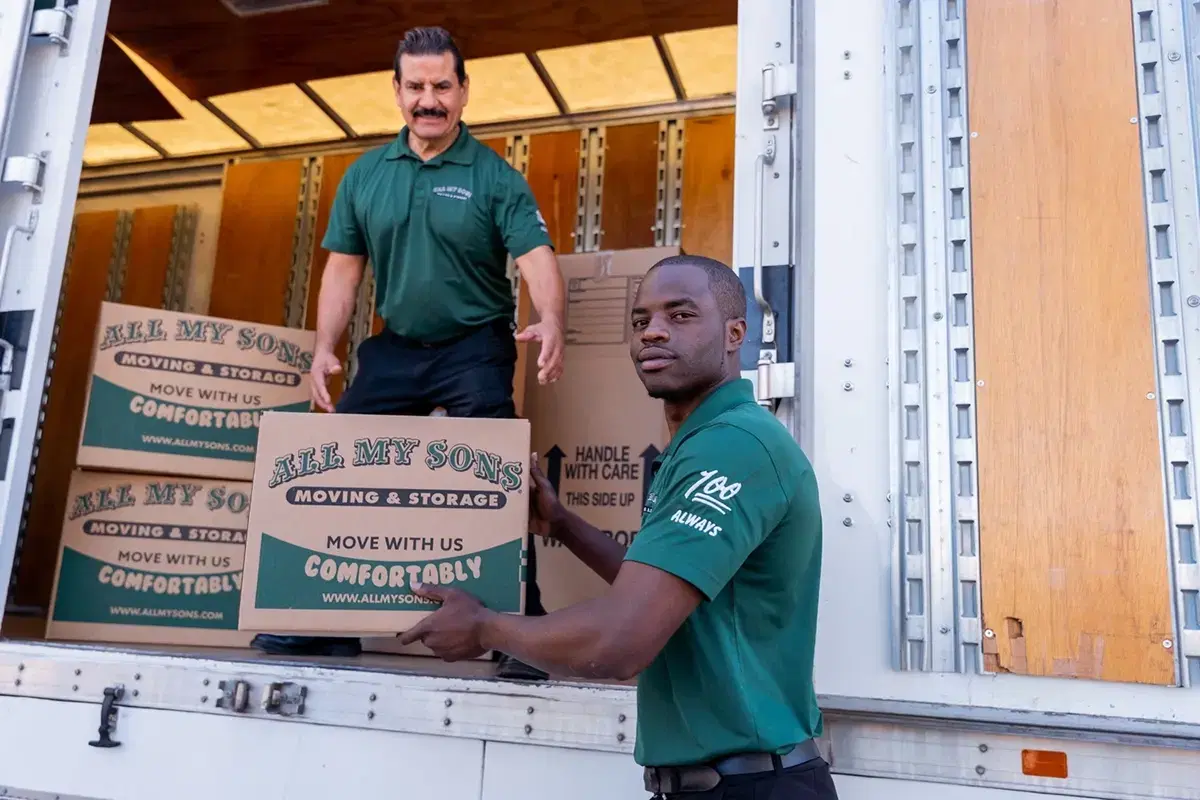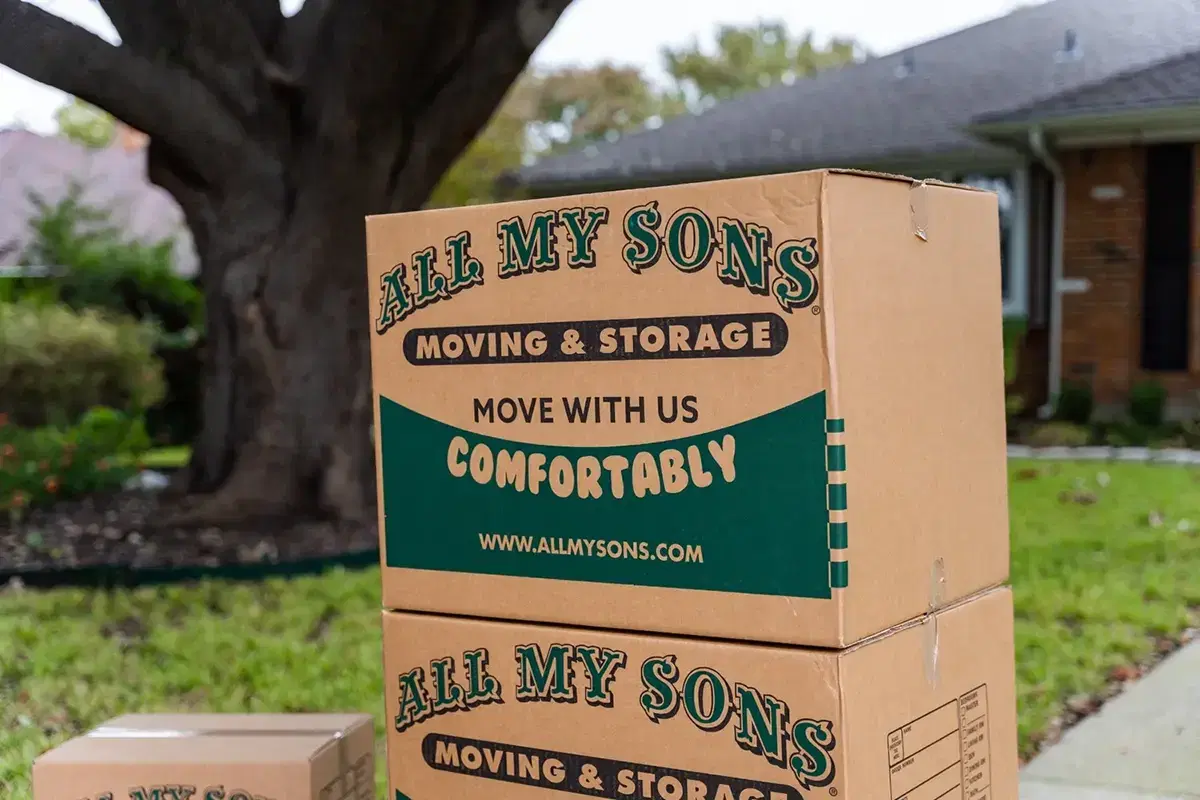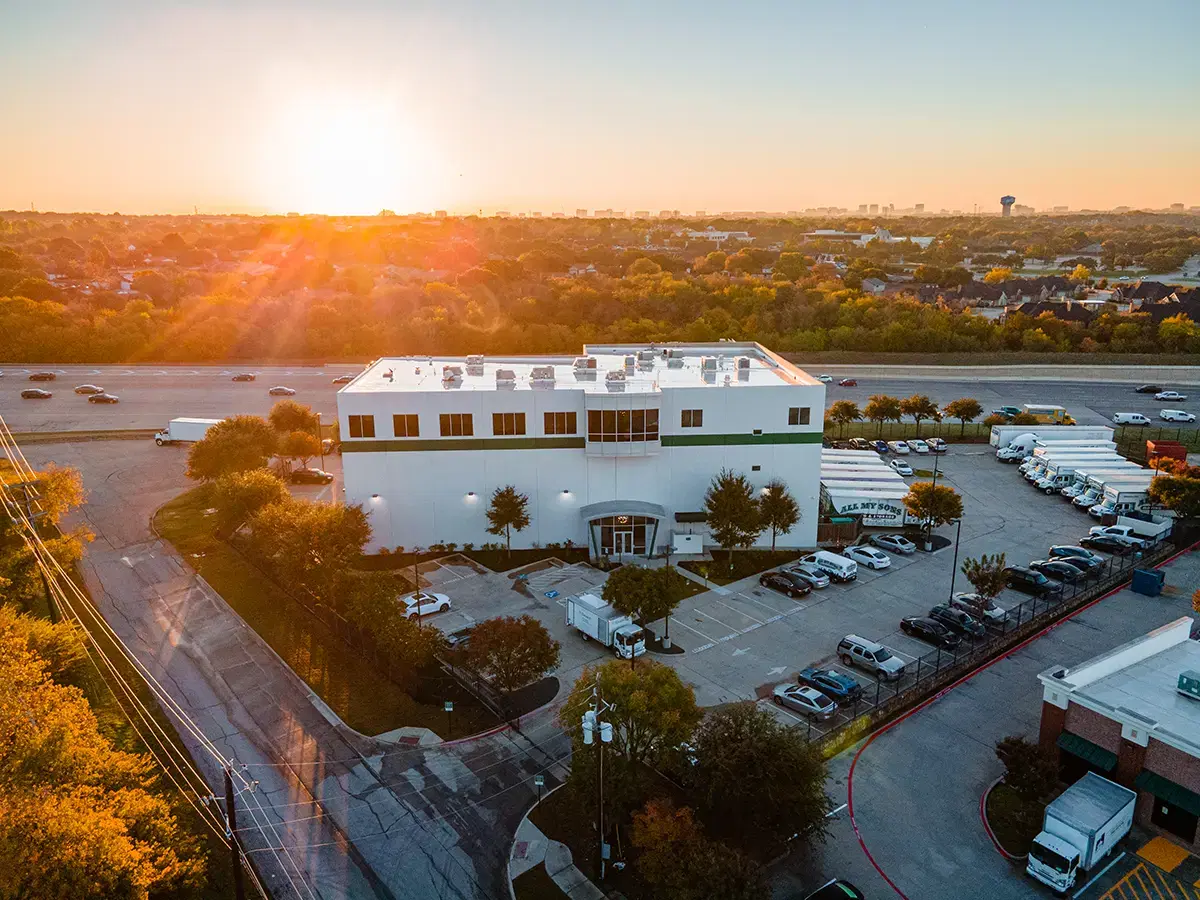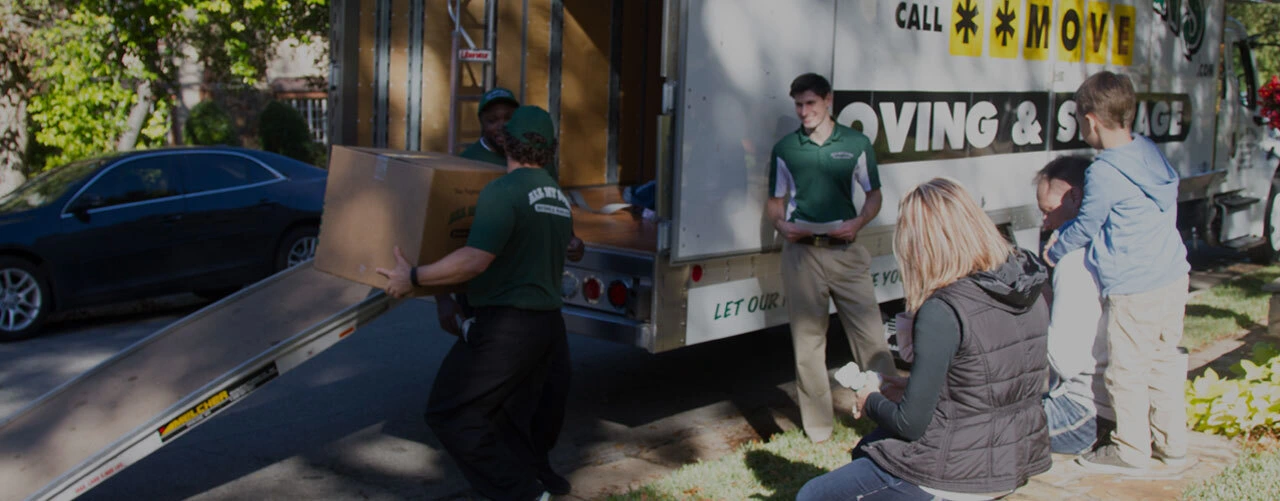Attention Photographers, Do You Need Storage?
The moving and storage professionals at All My Sons offer tips on how to use a storage unit to help run a photography business.
Click, flash! Photographers capture precious memories from weddings to professional conferences. If you run a photography business, especially a professional portrait studio, you might accumulate a number of expensive pieces of equipment and fun backdrops. What do you do when your studio space gets tight? You can rent storage to help keep your investments safe.
Here are some tips for keeping a storage unit as a photographer.
Rent a Storage Space that Meets Your Needs
Before you choose a storage unit to rent, you should review all your available options. A great storage facility should have a myriad of flexible solutions designed to meet your needs and adapt to your budget. Need a space to store all your extra lighting gear and lenses when they’re not in use or need to swap out your holiday setup at the studio for your springtime shoots? Your storage needs will vary depending on the equipment you choose to store and how often you need to access your items.
Here are some of the storage options you should look into as a photographer:
24-Hour Access: If you’re someone who likes to work odd hours, then the standard access hours for the facility might not work for you. Say you finish shooting a wedding at 10PM on a Saturday and want to drop your gear off before you head home. This is only feasible if you’ve got 24 hour access to your storage facility. Don’t get stuck at the gate, ask about access hours before you sign your rental contract.
Drive-Up Units: Need a backdrop loaded into your photography van? It’s super easy to get what you need and head out when you choose a drive-up storage unit. These units are typically located on the ground floor on the outside edge of the building for simple loading and unloading. If you are someone who wants to get into your unit often, this is an optimal choice.
Climate Controlled Units: Your photography equipment like cameras, lenses, and lights might greatly benefit from climate-controlled storage. These units have a regulated internal temperature to protect the contents inside from extreme heat and cold, as well as humidity changes.
Full-Service Storage: If you want a totally hands-off approach to storage, then full-service storage comes with all the packing, loading, and delivering handled for you. This could be the ideal solution for your holiday and seasonal backdrops and sets, which only need to come out once a year.
Once you have reviewed all the options available to you, you can make the choice that will work best for your photography business.
Can You Use a Storage Unit as a Photography Studio?
A traditional photography studio space could cost a pretty penny, but you’re ready to move out of your garage. Will a storage unit suit your needs?
The answer is maybe, but it does depend on the facility where you’re looking to rent and their regulations. Ask your prospective self-storage facility some questions before you assume it’s okay to move your business in.
These are some universal restrictions that make a self-storage space a difficult place to work on your photography.
Most storage facilities do not allow you to run a business out of a self-storage unit. This means you would not be able to sell photos or process business transactions in your storage unit. Taking photographs of clients in your storage space might also be prohibited. The exception to this rule would be a self-storage facility that rents combined office and storage space.
Self-storage units are typically not well-lit. You would have to bring your own lightning equipment to take photographs of clients inside your unit, and this might prove difficult because of limited access to electric outlets in your storage unit.
Storage units are not connected to basic utilities like heating, ventilation, and running water. With studio lights on, your unit would likely get very warm, which would make for an uncomfortable client and photographer. If you want to use a self-storage space as a dark room to develop film you will have to keep the limited access to power, ventilation, and water in mind.
Regardless of whether or not you use the unit as a workspace, storage could help you keep gear and equipment safe, which would support your ongoing photography business at home, on the go, or from your own studio space.
Organize Your Unit Efficiently
Once you pick a unit that meets your needs for your photography equipment, you should set your unit up in a way that helps you stay organized and successful. Running in and grabbing items will be so much easier if you take some extra time to set up your unit well from the very beginning.
Here are a few things you should do to keep your unit working with you as you run your photography business.
Label All Boxes and Bins: Use masking tape and a permanent marker to label which of your hard cases contain items so that you’re not opening cases at random looking for specific things.
Map the Unit by Ease of Access: Put items you do not use or need to access very often toward the back of the unit and items you need quick, easy access to at the front of the unit. This might mean putting a bulky holiday backdrop in the back and your cases of most-used lenses in the front.
Use Shelves: If you have an extensive collection of cameras, lenses, and other equipment pieces then you should probably invest in shelves for your storage unit to help keep the unit looking organized. Orient your cases on the shelves so that their labels face outward.
Leave Aisles for Navigation: Do not cram your unit to the bursting and hope for the best. Set it up with aisles so that you can walk in, look around, and access the things you need to grab for your photography business.
Once your unit is fully organized, you’ll be able to get in and out with what you need even in a pinch. With cases organized on shelves, you reduce the risk that items will go missing or get damaged while in storage.
Keep an Inventory List
You should always aim to keep an eye on what your business assets are especially if some of your equipment is going into storage.
An inventory list can help you track the location and condition of your lenses, backdrops, and cameras. In the event of a disaster at the storage facility, your studio, or on site at your next shoot, you will have a handy list to give to insurance to make your claims.
When creating your inventory, make sure each line item has the following.
Picture: Most useful for backdrops and set pieces for your holiday and seasonal studio setups.
Retail Value: Hang onto receipts for cameras, lenses, or simply note how much it cost to buy the item and about what it would cost to replace the item.
Condition: Take note of existing damage or wear and tear when you notice it.
Location in Storage Unit: Note the shelf number or case the item went into and always return the item to that location.
You can use a simple spreadsheet to create your inventory or you can find an inventory software system online to help you.
Call All My Sons For Professional Moving Services
Your self-storage unit could be a safe space to keep your equipment or your seasonal sets. Keep the photos coming and enjoy the best part of your business: capturing beautiful moments.
If you need help relocating or storing your photography equipment, call All My Sons Moving & Storage. We would be delighted to handle all the heavy lifting or provide full-service storage solutions to keep your business running. We’ve been helping companies and families make a smooth move for 30 years, and we’d be delighted to carefully haul all the cameras, lenses, and photography backdrops you use for your business. Click the quote button below to get started on your move.
Quick Moving Tips

How to Store Electronics Long-Term
Fun tech like your computer, television, gaming system, and all manner of battery-operated devices need some extra care when going into long-term storage.

Beginning Moving Tasks Checklist
Take a deep breath and start with the basics. Here are five tasks to complete when you learn you are moving.

How to Move with Unexpected Weather
Professional movers like All My Sons Moving & Storage know a few tips and tricks for how to navigate all kinds of moving challenges, including bad weather.

